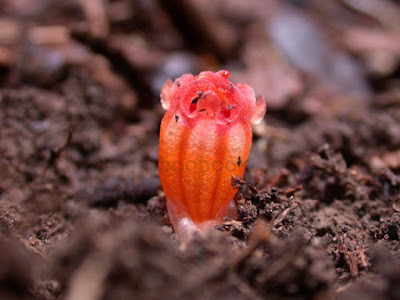OMG! I've been watching the birds on our farm near Heywood for 25 years but the last two days have been the best.
Our farm is open grassland paddocks leased to a dairy farmer, and a bush block, the whole surrounded by other areas of bush. The house paddock also has trees and shrubs. After years of drought and dry weather the last twelve months have been about normal (whatever that is now), the rainfall near or just below average. The vegetation has responded well and the pasture looks green and lush - so different to the paddocks around here in Geelong.
We went down to the farm for a couple of days this week and I had a great time observing the birds. They were everywhere, calling all day and building nests. I saw 60 species on our farm - and missed seeing some I normally see so the total could have been higher if I'd got up earlier:) The best were Brown Songlark, Rufous Songlark patrolling the house paddock continually, nesting Sacred Kingfishers, nesting White-winged Trillers in the house paddock, Swamp Harrier (not seen here for many years), Olive-backed Oriole, Horsfield's Bronze-cuckoo, Dusky Woodswallow, White-necked Heron and Tree Martin. I dipped on Restless Flycatcher, Wedge-tailed Eagle, Red-browed Firetail, Grey Currawong, White-eared Honeyeater and Mistletoebird - all of which I usually see.
Because the triller was building a nest in a tree in the house paddock I was able to take my coffee and binoculars out and sit in the shade and just watch. It was fun to see the male triller collecting cobweb, lichen and bark, to see it attacking a Horsfield's Bronze-cuckoo that ventured into the nest tree, to see it sitting on the nest (to try it out for size?). I never saw the female. Unfortunately we couldn't stay to see the next installment. And I didn't have time to search for the Rufous Songlark's nest - I'm guessing it was or will be in the long grass near the fence. We're back there over New Year but all the fun will be over by then. Maybe.



















.JPG)
.JPG)

.JPG)
.JPG)









.JPG)







.JPG)
.JPG)
.JPG)







.JPG)
